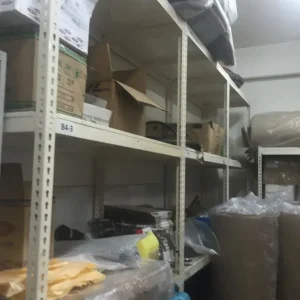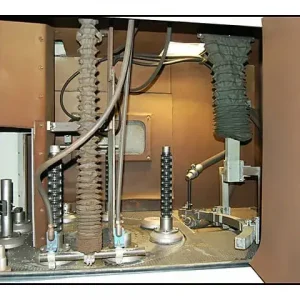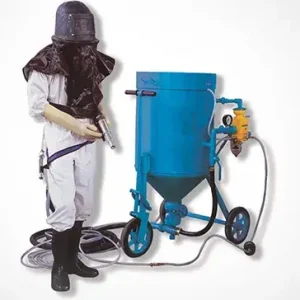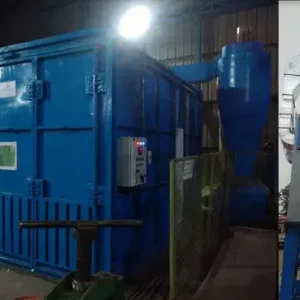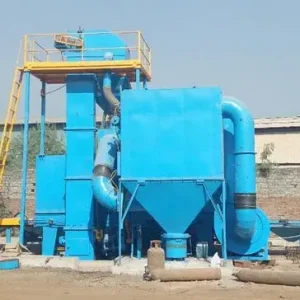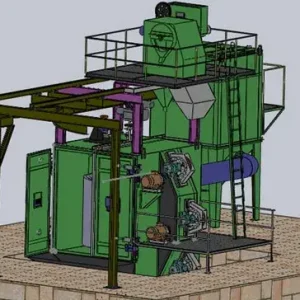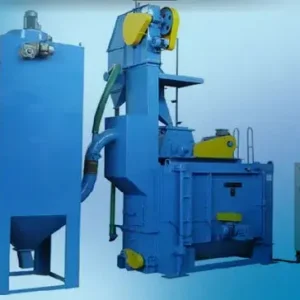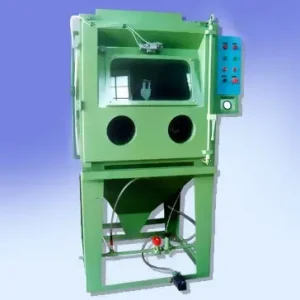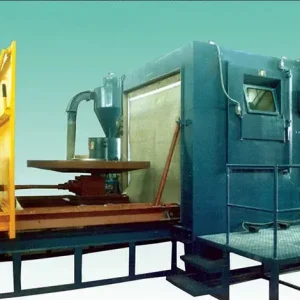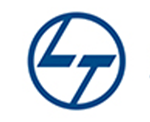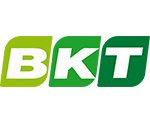Sand blasting is an essential surface preparation technique used in industries ranging from automotive and construction to manufacturing and marine. When it comes to choosing the right blasting method, two major options stand out: Wet Sand Blasting and Dry Sand Blasting. While both serve the same core purpose—cleaning, stripping, or prepping surfaces—they operate differently and have unique advantages depending on the application.
Let’s explore the key differences, pros and cons, and ideal use cases of both methods.
What Is Dry Sand Blasting?
Dry sand blasting is the traditional method where abrasive media like garnet, aluminum oxide, or steel grit is propelled at high velocity using compressed air without any water.
Uses:
- Rust removal
- Paint stripping
- Surface preparation for coatings
- Etching or engraving on metal, wood, or glass
What Is Wet Sand Blasting?
In wet sand blasting, the abrasive media is mixed with water before being blasted onto the surface. This method reduces dust and heat, making it a safer and cleaner alternative in many environments.
Uses:
- Cleaning delicate or sensitive surfaces
- Working in enclosed or populated areas
- Removing graffiti, mold, or grime from stone, brick, or concrete
Key Differences Between Wet and Dry Sand Blasting
| Feature | Wet Sand Blasting | Dry Sand Blasting |
|---|---|---|
| Dust Generation | Minimal due to water suppression | High – produces a lot of dust |
| Surface Temperature | Cooler surface – less friction | Generates more heat due to dry impact |
| Precision | Slightly less aggressive – better for soft materials | More aggressive – ideal for heavy-duty removal |
| Clean-Up | Easier – dust and debris settle with water | Requires significant clean-up efforts |
| Media Recovery | More difficult – media gets mixed with water | Easier to collect and reuse media |
| Cost | May require water treatment or drainage | Lower setup cost, higher containment cost |
| Environment | Eco-friendly in urban areas | Needs strict dust control measures |
Advantages of Dry Sand Blasting
- Faster cleaning speed for hard surfaces
- Better media recovery and reuse
- Ideal for industrial-grade removal of rust, paint, or scaling
- Works well with automated blasting machines
Advantages of Wet Sand Blasting
- Minimal dust – safer for operators and the environment
- Reduces warping on thin metals by keeping surface temperature low
- Better surface finish on delicate materials like wood or glass
- Perfect for on-site jobs in sensitive environments (urban areas, indoors)
Which One Should You Choose?
✅ Choose Dry Sand Blasting if:
- You are working in a well-ventilated or open space
- You need fast and aggressive cleaning
- You plan to reuse the abrasive media
- You’re preparing metal surfaces for painting or coating
✅ Choose Wet Sand Blasting if:
- You’re operating in dust-sensitive environments
- Working on delicate, temperature-sensitive materials
- You want better operator safety and cleaner surroundings
- You need to reduce the risk of sparks or ignition in flammable zones
Conclusion
Both wet and dry sand blasting have their distinct place in surface finishing and industrial cleaning. While dry blasting is powerful and efficient, wet blasting offers cleaner and safer operations, especially in sensitive or confined environments.
Preventive Maintenance Checklist for Sand Blasting Machines
Innovations in Shot Blasting Machines (2025–2026)
Common Faults in Sand Blasting Machines & Troubleshooting Tips
At AeroWheel Surface Finishing, we offer a complete range of dry and wet sand blasting machines tailored to your specific needs. Whether you’re cleaning large industrial parts or restoring fine architectural structures, our solutions ensure optimal results with minimal waste and maximum safety.








